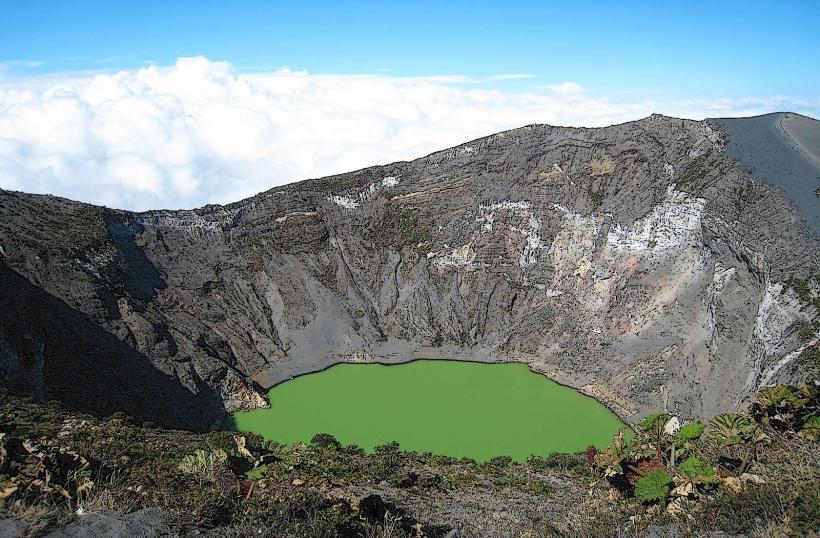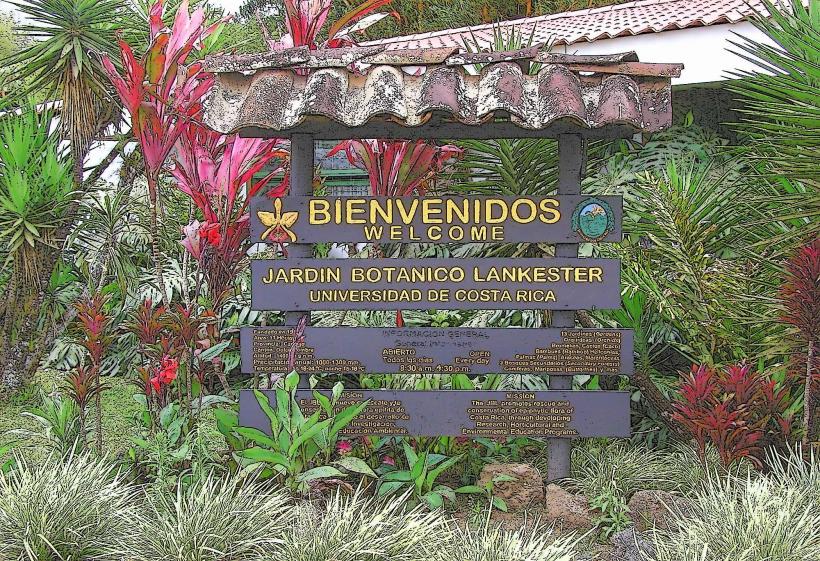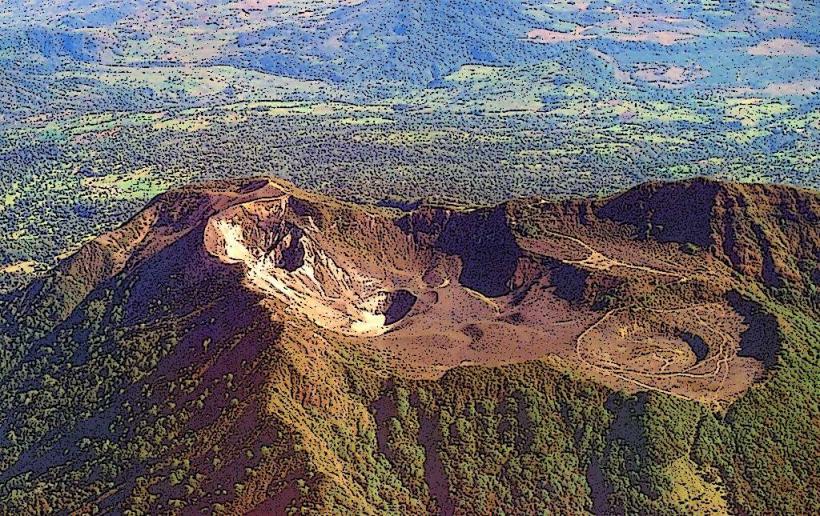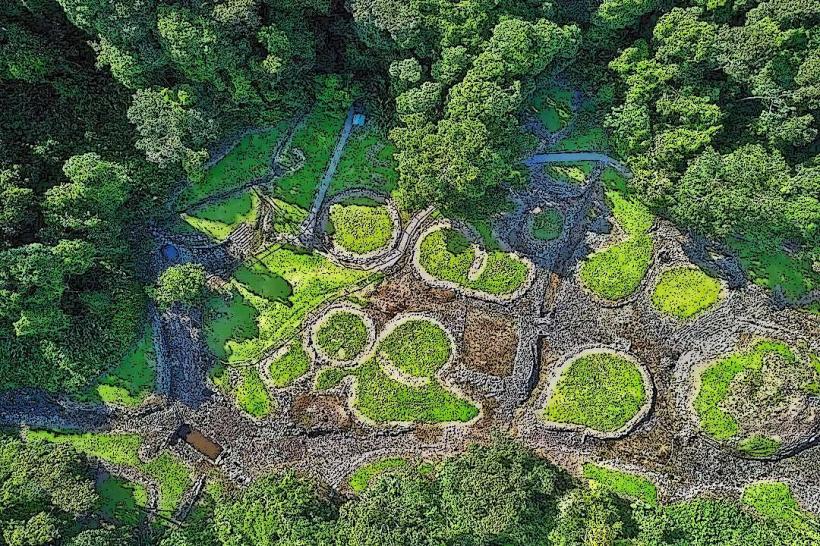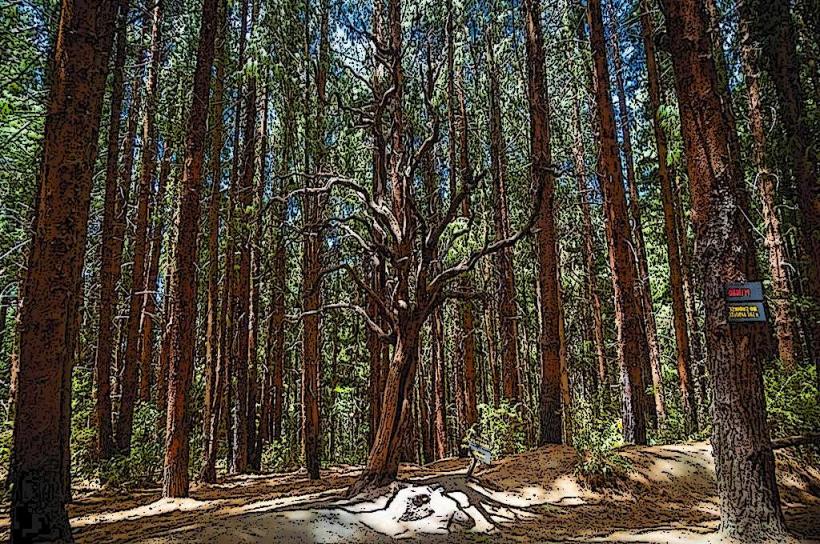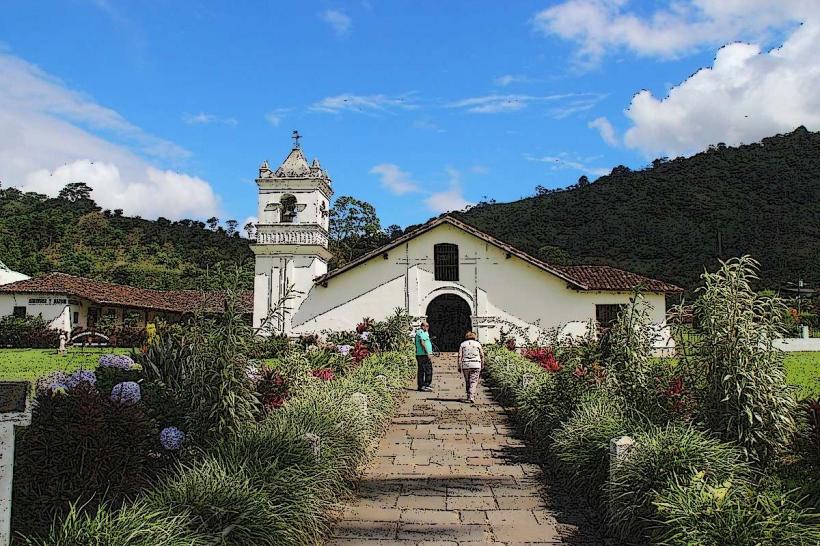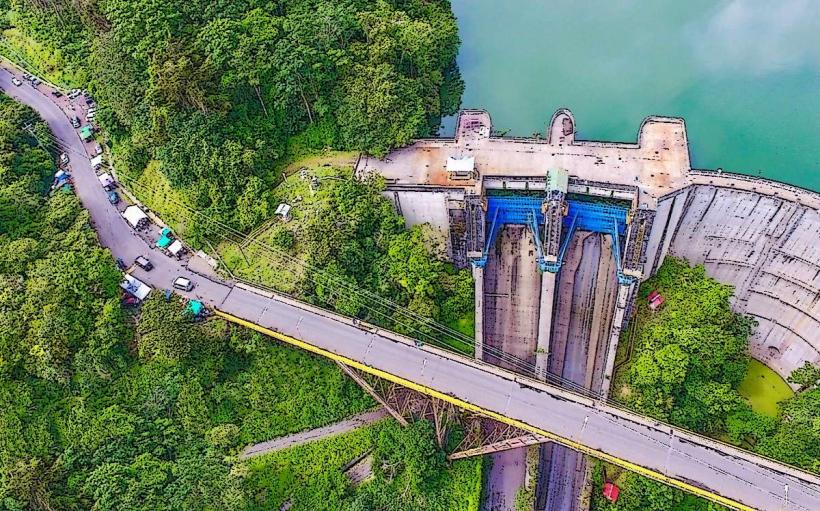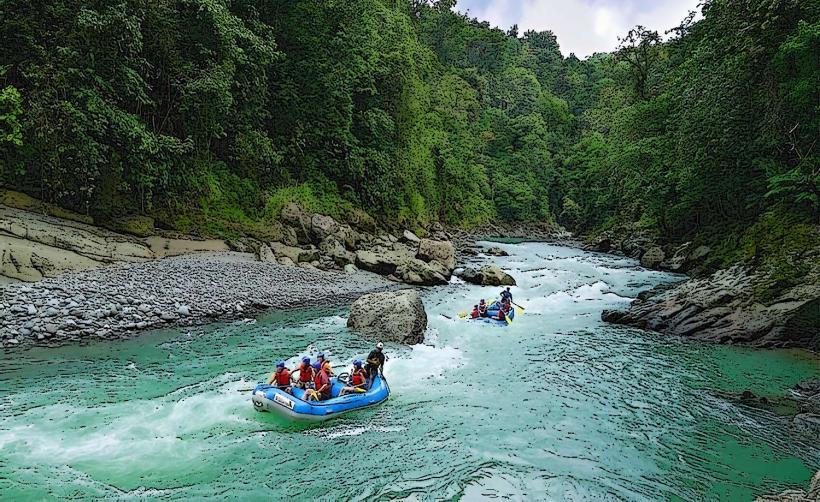Information
Landmark: Tapantí National ParkCity: Cartago
Country: Costa Rica
Continent: North America
Tapantí National Park (Parque Nacional Tapantí) is a stunning protected area located in the Central Mountain Range of Costa Rica. It is known for its rich biodiversity, lush rainforests, and scenic landscapes, making it one of the country’s most important natural reserves. The park is a paradise for nature lovers, wildlife enthusiasts, and those seeking a peaceful retreat amidst the rainforest.
Overview:
- Name: Tapantí National Park (Parque Nacional Tapantí)
- Location: Cartago Province, Costa Rica, within the Central Mountain Range (Cordillera Central)
- Size: Approximately 5,000 hectares (about 12,350 acres)
- Established: 1982
- Type: National Park, Biosphere Reserve
- Altitude: Ranges from 1,200 meters (3,940 feet) to 2,100 meters (6,890 feet) above sea level
- Management: Administered by the Costa Rican National System of Conservation Areas (SINAC)
History and Purpose:
Tapantí National Park was established to protect the rich biodiversity and watersheds of the region. The park's rainforests and cloud forests are home to many unique species of flora and fauna, making it a crucial area for conservation. The park is also part of the larger Orosi River Watershed, which provides vital water resources to the surrounding communities.
The park is important not only for its ecological value but also for its role in scientific research. Many studies have been conducted on the park's ecosystems, focusing on its biodiversity, conservation practices, and the protection of endangered species.
Features and Attractions:
1. Biodiversity:
- Tapantí National Park is home to a wide variety of flora and fauna, including several endemic species. The park's mix of tropical rainforests, cloud forests, and mountain ecosystems creates diverse habitats for wildlife.
- Some of the wildlife that can be spotted in the park includes:
- Birds: Over 300 species, including quetzals, trogons, hummingbirds, and toucanets. The park is an excellent destination for birdwatching.
- Mammals: Including the ocelot, puma, howler monkeys, spider monkeys, white-faced capuchin monkeys, and various rodents.
- Reptiles and Amphibians: Tapantí is home to various frogs, lizards, and snakes, including the tree frog and leaf frogs.
- The park also supports a wide range of plant life, including orchids, bromeliads, and fern species, making it a paradise for plant lovers and photographers.
2. Waterfalls and Rivers:
- The park is located in the Orosi River Watershed, and as a result, it is home to several waterfalls and rivers. The most notable is the Rio Tapantí, which flows through the park and contributes to its lush, green environment.
- Waterfalls like Catarata de los Molinos can be explored on some of the park's hiking trails. These waterfalls add to the park’s beauty and provide fantastic spots for visitors to enjoy the soothing sound of flowing water.
3. Hiking Trails:
- Tapantí National Park offers a network of well-maintained hiking trails that take visitors through its pristine rainforests and cloud forests. The trails are of varying difficulty levels, making them accessible for both casual hikers and more experienced adventurers.
- Los Robles Trail: A short 1.5 km trail that is ideal for beginners, offering a chance to explore the park's lush environment.
- Catarata de los Molinos Trail: This trail leads to one of the park's most impressive waterfalls, the Molinos Waterfall, offering a scenic and peaceful hike.
- Orosi Trail: A more challenging trail that offers panoramic views of the park and the surrounding mountains.
- Many of the trails wind through the park's dense forests, allowing visitors to immerse themselves in the rich sounds and sights of the rainforest.
4. Birdwatching:
- The park is one of the best spots in Costa Rica for birdwatching due to its diverse ecosystems. Birds such as the resplendent quetzal, black-faced solitaire, and ruddy quail-dove can be observed in the park’s forests.
- Birdwatching tours are available for those who wish to learn about the park's avian inhabitants and increase their chances of spotting rare or elusive species.
5. Cloud Forests:
- Tapantí’s high-altitude areas contain beautiful cloud forests, which are home to a different set of plant and animal species compared to the lower-altitude rainforest. These areas are often shrouded in mist, providing an ethereal and magical atmosphere.
- The cloud forests are rich in mosses, ferns, and epiphytes, contributing to the unique ecosystem of the park.
Visitor Experience:
1. Wildlife Watching:
- Tapantí National Park is a fantastic destination for wildlife enthusiasts. Visitors can spot a range of animals, especially if they are patient and quiet while exploring the park's trails. Monkeys are often seen in the trees, and colorful birds are abundant throughout the park.
- For those keen on wildlife photography, Tapantí offers an array of opportunities to capture images of rare animals in their natural habitat.
2. Photography:
- The park is a paradise for photographers due to its stunning landscapes, waterfalls, and abundant wildlife. The mix of misty cloud forests, flowing rivers, and vibrant wildlife makes for breathtaking photos. Both professional and amateur photographers will find plenty of material here.
3. Eco-tourism and Sustainability:
- As with many national parks in Costa Rica, Tapantí is part of the country’s broader effort to promote eco-tourism and sustainable tourism practices. Visitors are encouraged to respect the park's natural environment by staying on marked trails and minimizing their impact on the ecosystem.
- Guided tours are available for those who want to learn more about the park’s ecology, wildlife, and conservation efforts.
Access and Practical Information:
1. How to Get There:
- Tapantí National Park is located about 30 kilometers from Cartago, making it an easy day trip from the city. The park is accessible by car via Route 225, which leads to the park's entrance.
- The park is approximately 1.5 hours from San José, Costa Rica's capital.
2. Best Time to Visit:
- The best time to visit Tapantí is during the dry season (from December to April), as this is when the weather is most favorable for outdoor activities like hiking and wildlife watching.
- The rainy season (May to November) brings lush greenery and more dramatic waterfalls but also means wetter conditions, which can make hiking more challenging.
3. What to Bring:
- Visitors should wear comfortable hiking boots and bring rain gear, especially during the rainy season.
- Binoculars and a camera are recommended for birdwatching and photography.
- Don’t forget to bring water, snacks, and sunscreen.
Why Visit?
Tapantí National Park offers an incredible opportunity to explore some of the most diverse and biodiverse ecosystems in Costa Rica. From its lush rainforests and cloud forests to its stunning waterfalls and rich wildlife, the park is an ideal destination for nature lovers, hikers, and birdwatchers. Whether you're looking to immerse yourself in nature, enjoy the beauty of the park's landscapes, or observe the diverse species that call it home, Tapantí National Park is a must-visit for anyone traveling through Costa Rica.

